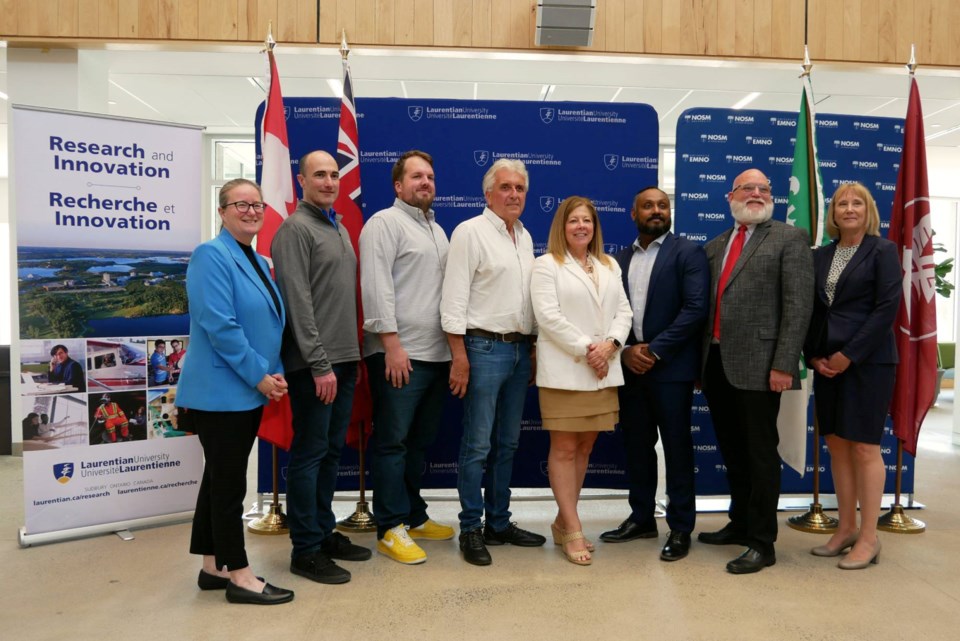Critical minerals are taking centre stage in a pair of Laurentian University research projects that have secured $1.1 million in federal funding.
On May 13, the Natural Sciences and Engineering Research Council of Canada (NSERC) announced funds from its Alliance Missions program would go to Dr. Sujeenthar Tharmalingam and Dr. John Ashley Scott for their respective projects.
Tharmalingam will use his portion, $600,000, to develop a new process of extracting the metal gallium from tailings ponds.
Working in conjunction with Dr. Vasu Appanna, the cofounder of the company Biomine LTD and a professor at Laurentian University, Tharmalingam will use microbes to extract gallium in a sustainable and eco-friendly way.
Found in trace amounts in tailings ponds, gallium is a key element used in the production of semiconductors for electronic devices.
Tharmalingam said a recent semiconductor shortage makes clear the need for alternative sources of gallium.
“Our main objective is to pioneer an innovative microbial-based method to extract gallium from mining tailings, providing an environmentally friendly and economically viable solution to satisfy the increasing global need for this vital semiconductor material,” he said in a release.
Scott’s project will also look to recover minerals from tailings ponds, using microalgae that occur naturally in the tailings ponds. He received $530,990 for the project and will work in conjunction with Glencore’s Sudbury Integrated Nickel Operations.
His focus is on removing metals like copper, nickel and cobalt using a natural biosorption process. It’s aimed at maximizing recovery of critical minerals, while also protecting the water supply for nearby communities.
“This project may open up new opportunities for industry and environmental protection that simply haven’t been developed yet,” Scott said in the release.




